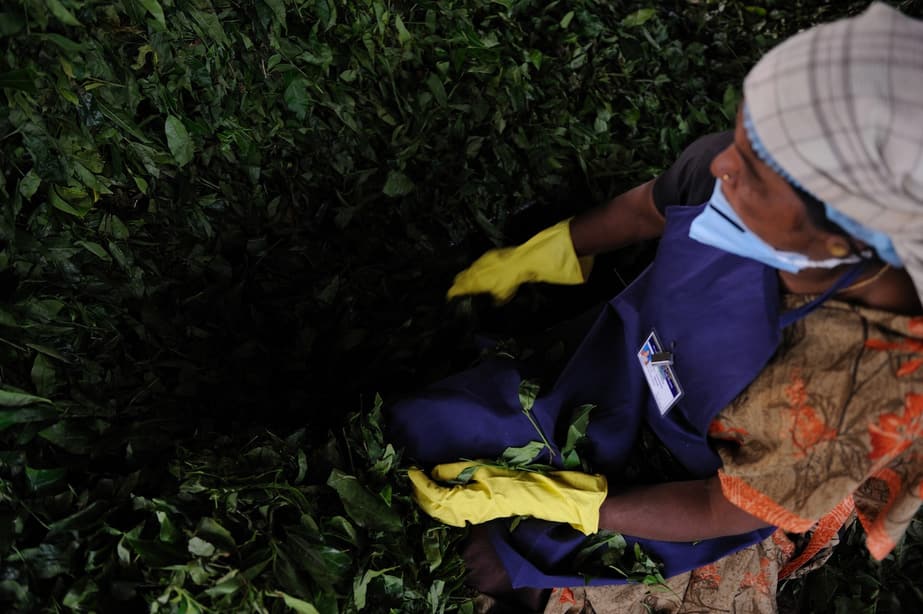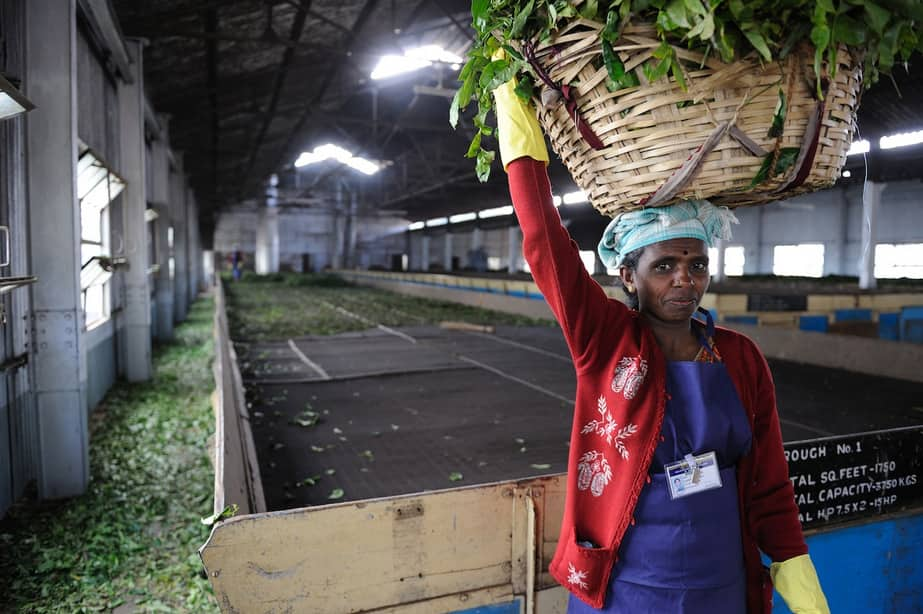1/10

2/10

It is estimated that if the energy conservation measures are adopted by all the 265 tea processing units in south India, there will be an annual savings of 24.6 million kilowatt hours of electricity and 62 million kg of wood. This translates to a reduction of 130,000 tons of carbon dioxide annually. Pic Courtesy- UNDP India
3/10

4/10

5/10

6/10

7/10

UNDP in partnership with the Tea Board of the Ministry of Commerce, Government of India and the Global Environment Facility initiated a four year project in 2008, aimed at introducing energy conservation measures in small tea processing factories that could help units save between 15 to 30 percent in energy costs. Pic Courtesy- UNDP India
8/10

Amidst rising losses due to high production costs, Manogaran’s tea cooperative in the Nilgiri Hills in south India faced the threat of closure. An energy audit highlighted opportunities where greater energy efficiency could reduce production costs. Energy saving measures, introduced as part of a UNDP project, enabled the cooperative to turn business around. Pic Courtesy- UNDP India
9/10

10/10

















